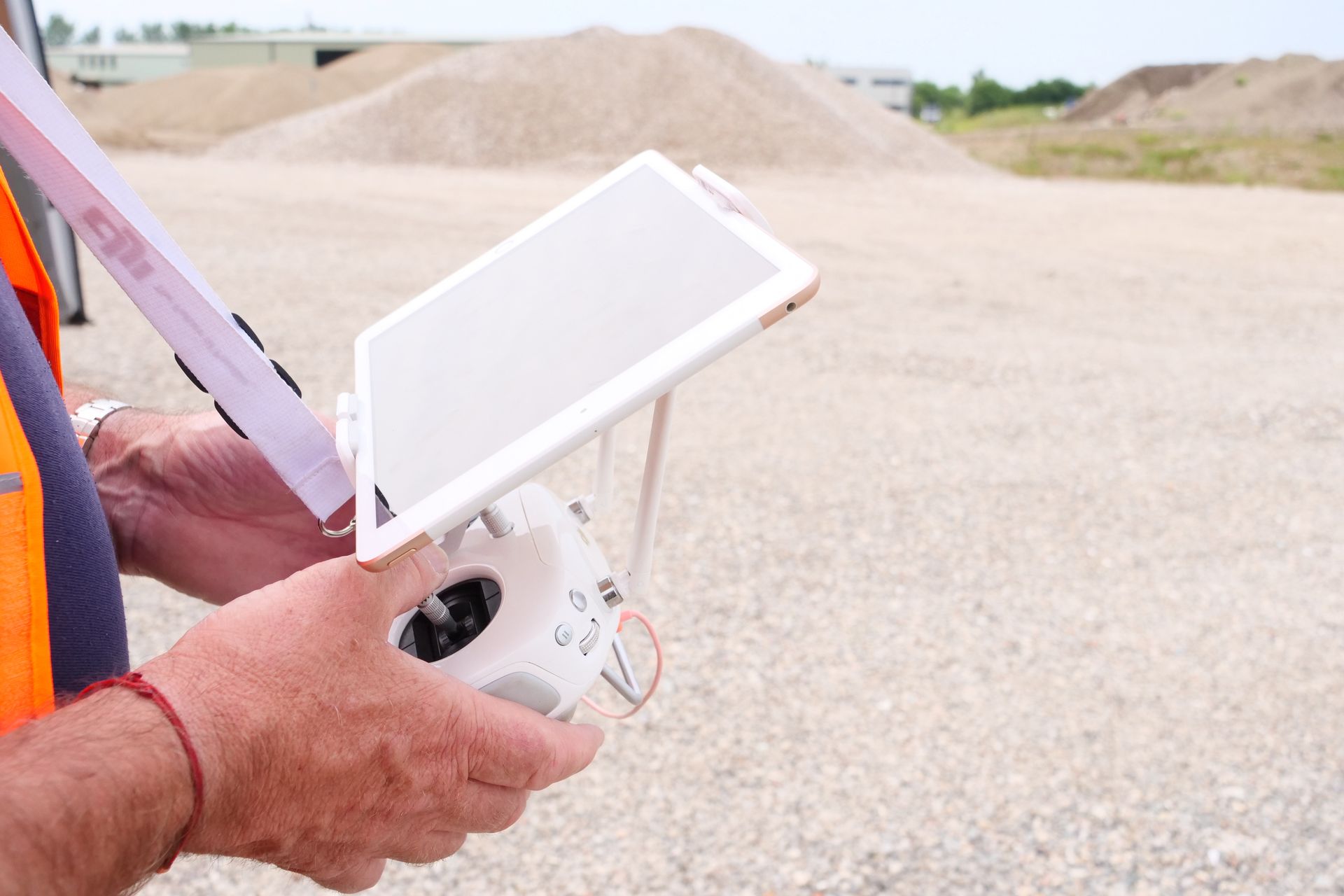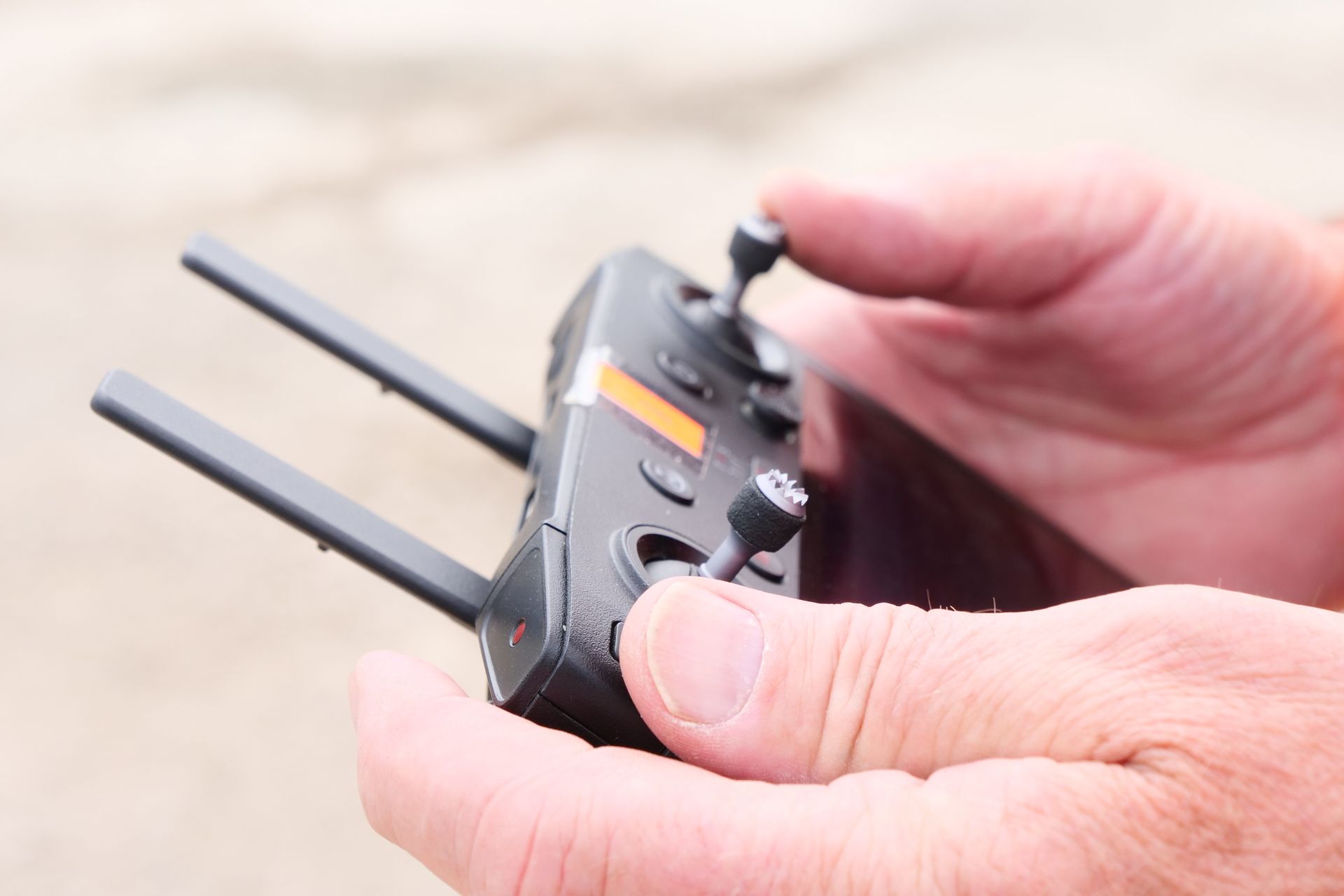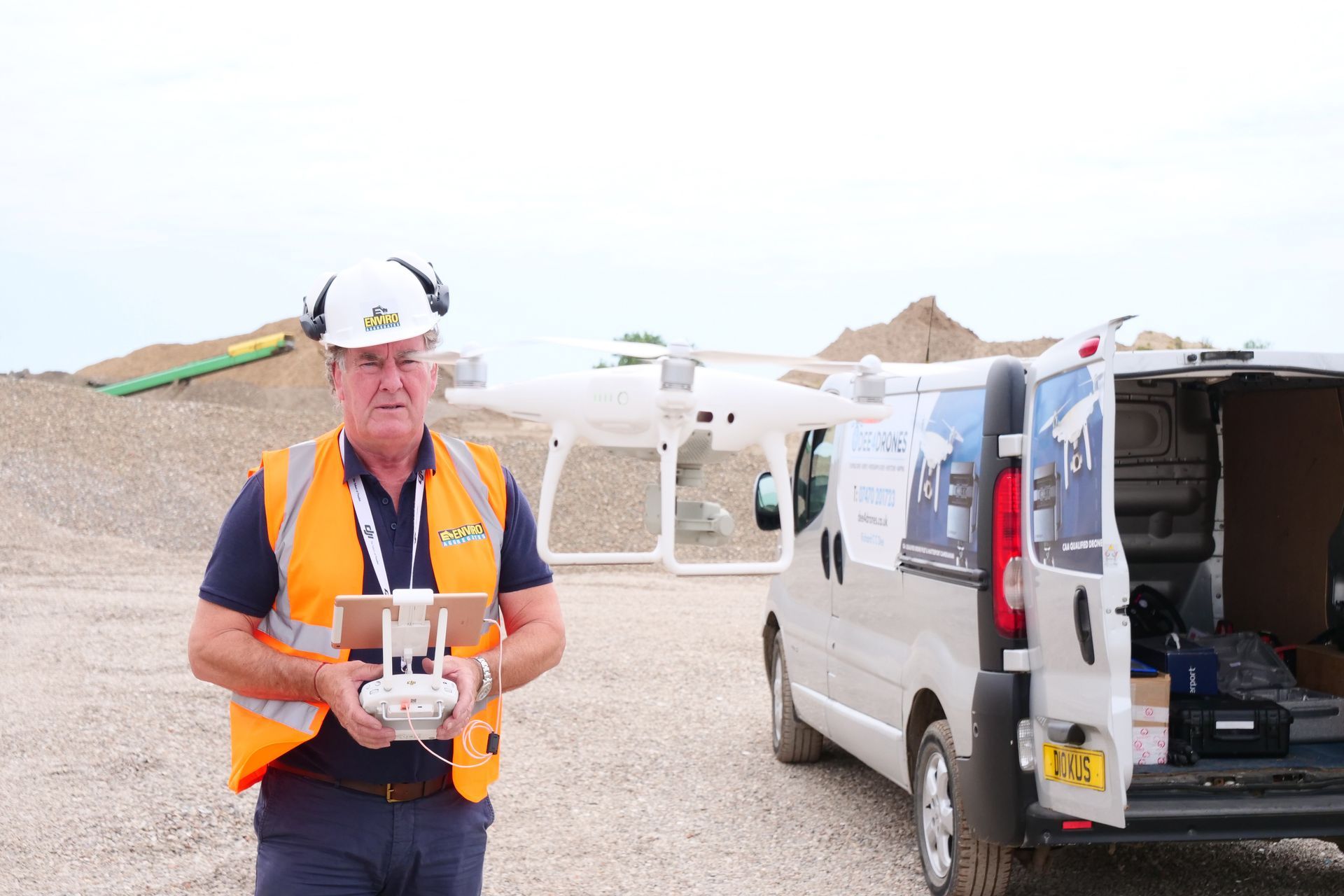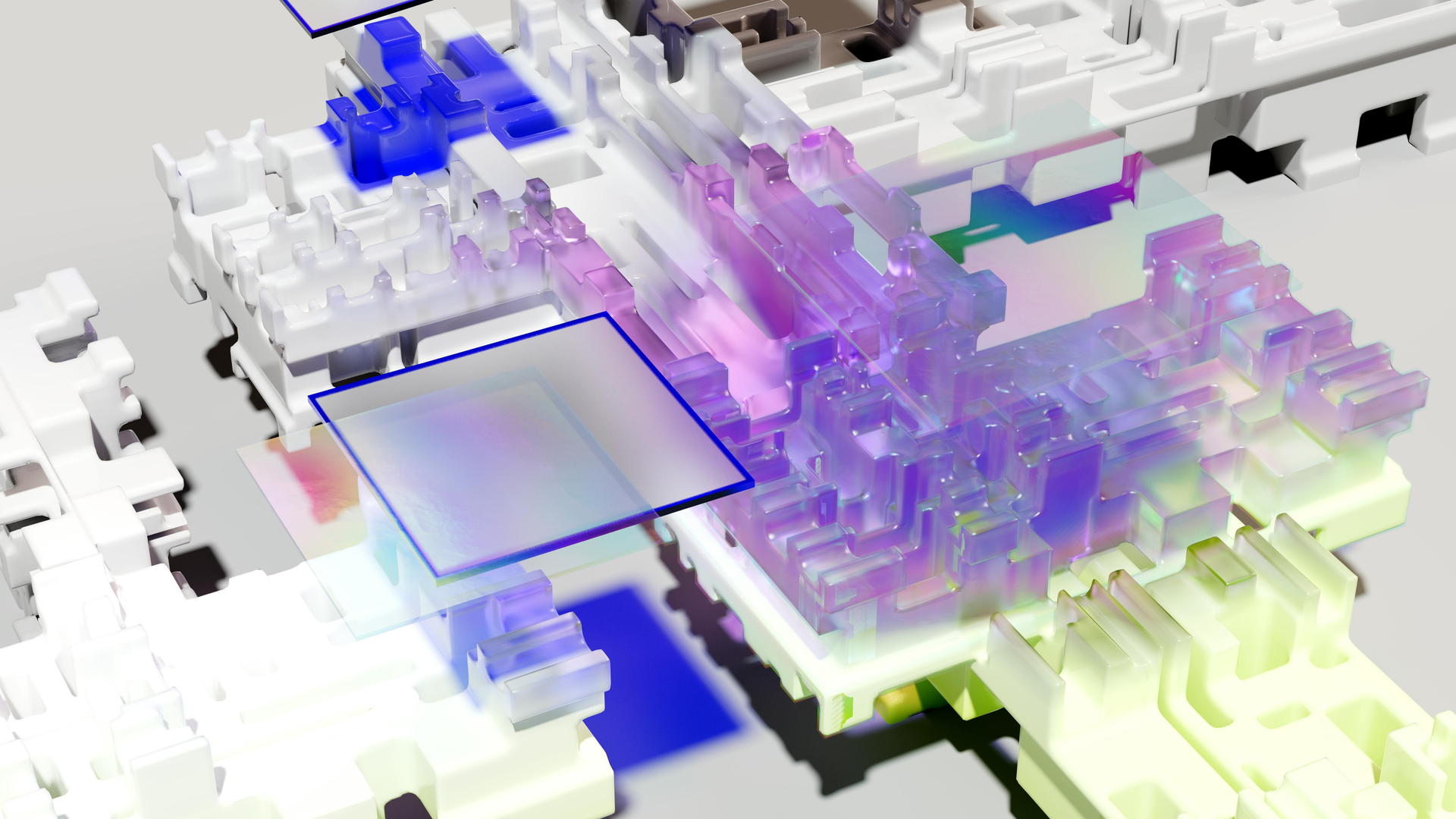
Aerial Drone Surveys - Based in East Yorkshire Serving the UK & Beyond...
Unlock the Potential of Your Projects with Dee4Drones
Advanced drone technology for Priority Surveys, Thermal Imaging, Stockpile Calculations and more...





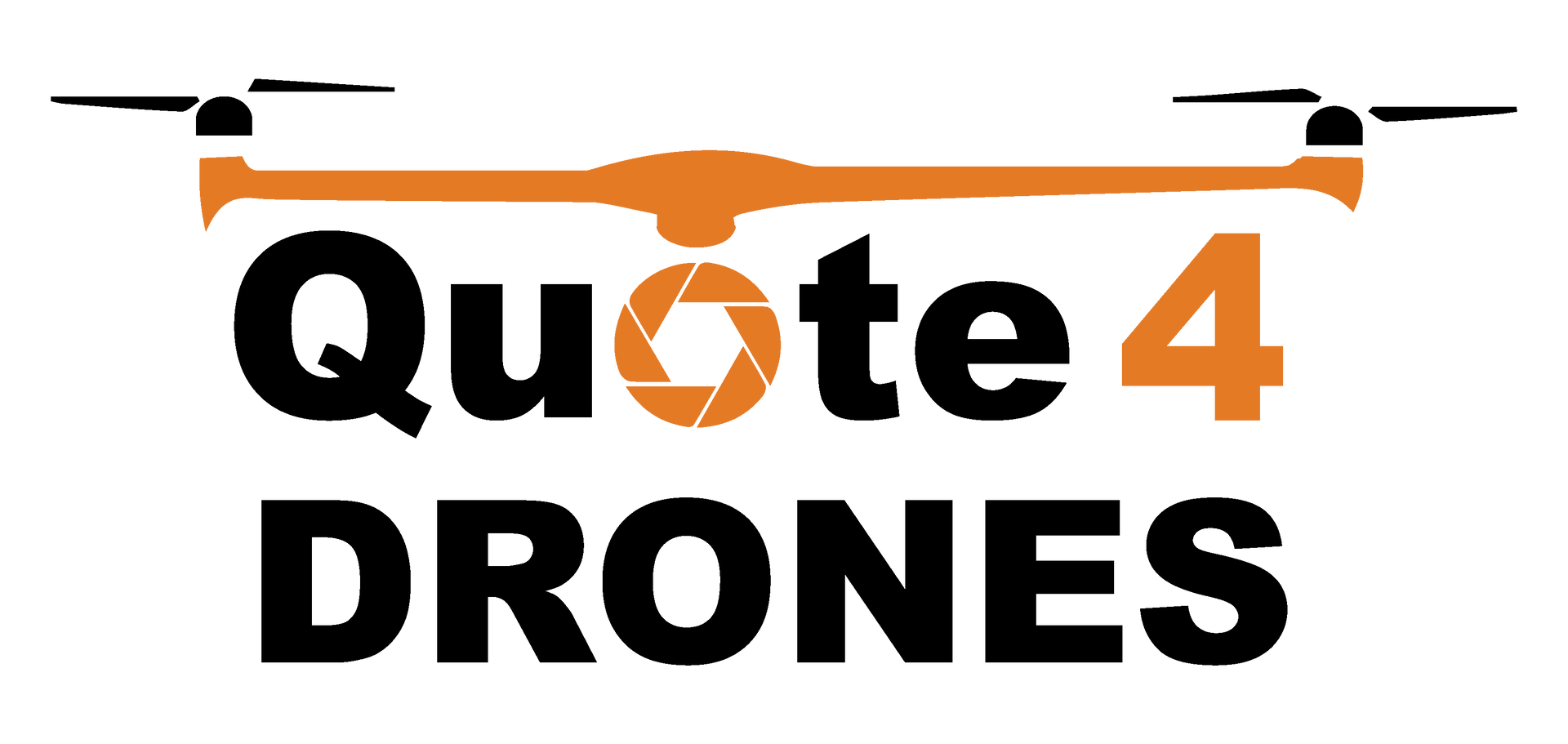
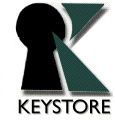

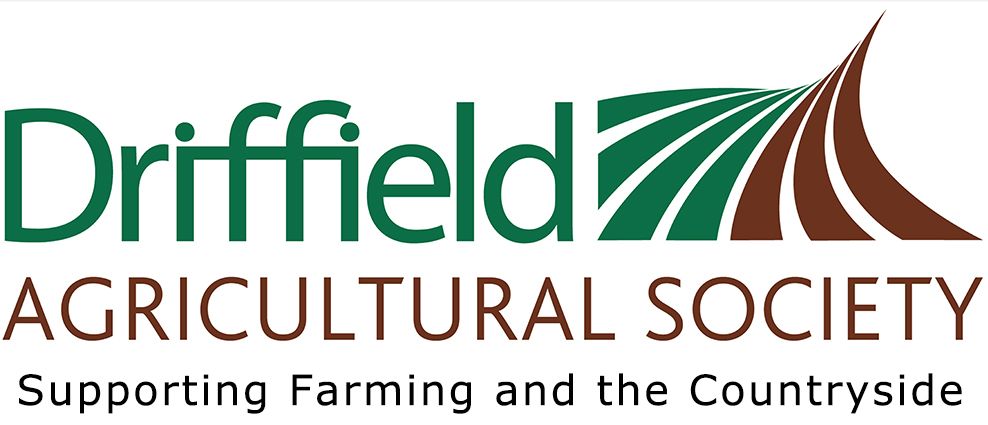
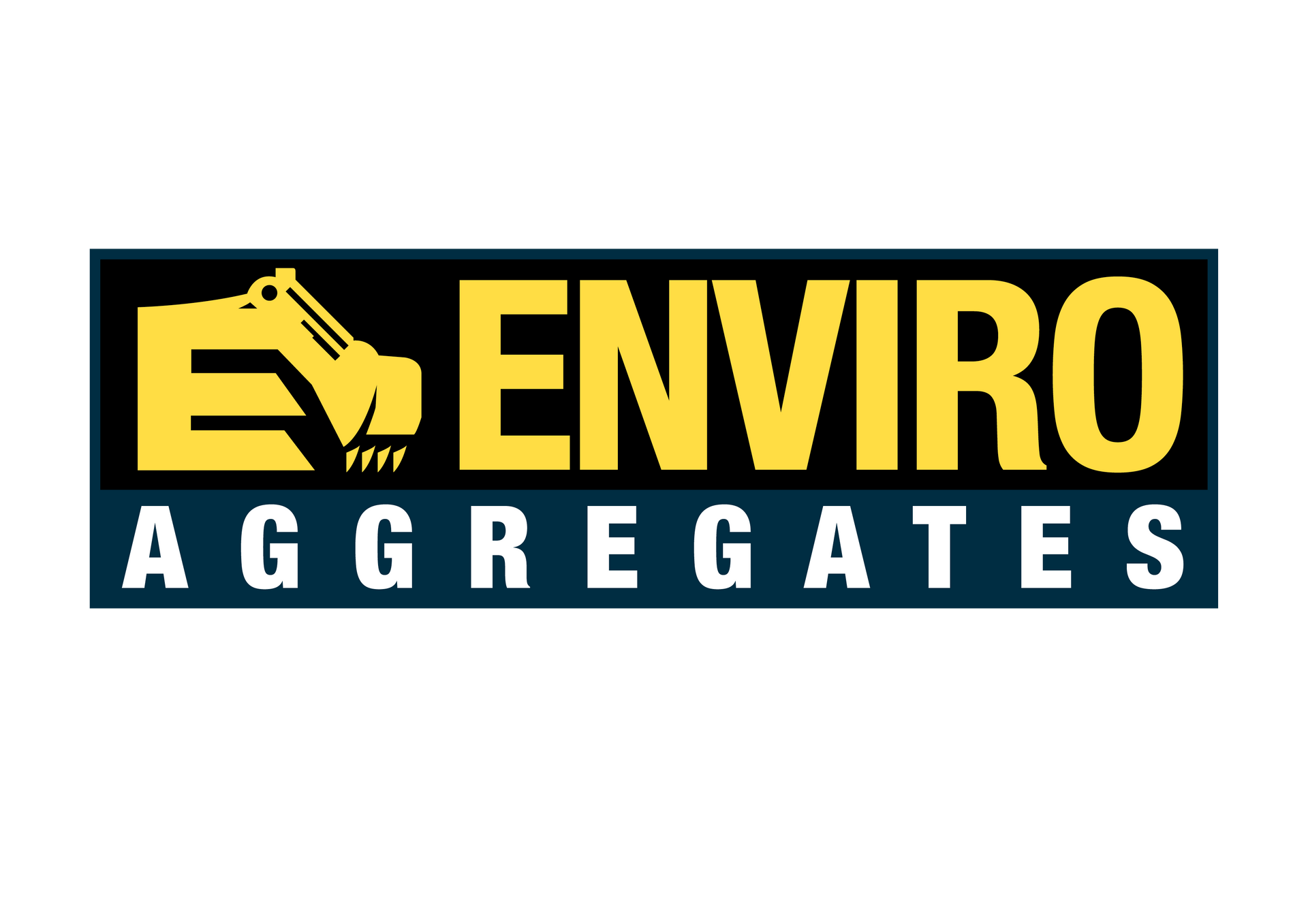
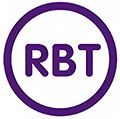




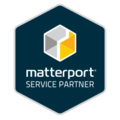
Founded in 2013 by Richard Dee in Yorkshire, Dee4Drones specialises in helping businesses utilise drone technology for various purposes.
Richard’s passion for drones and their potential applications has driven the company to the forefront of the industry.
From aerial surveys and timelapse to 3D virtual tours and Thermal imaging, we provide innovative solutions that save time, reduce costs, and deliver superior results.


Our mission is to offer unparalleled drone services that enable businesses to make informed decisions. We prioritise precision, utilise the latest technology, and ensure every client's unique needs are met.

Qualifications & Memberships
GVC Civil Aviation Authority (CAA) Licensed Drone Operator
Chief Commercial Drone Pilot (RQF) TQUK Level 5
Category 1 Thermographer
Community Involvement
Richard is deeply committed to supporting his community, actively engaging with local initiatives such as the Driffield Agricultural Society. He is also a proud supporter of the local carnival, contributing to the vibrant spirit of his hometown. Richard’s dedication to these events reflects his passion for fostering strong community connections and giving back to the area he calls home.
Aerial Surveys: Precision from Above
Harness the power of advanced drone technology for accurate and detailed aerial surveys, ideal for:
- Land Measurement & Mapping
- Construction Monitoring
- Roof & Infrastructure Inspections
- Environmental Assessments
- Quarry & Stockpile Management
- Get the insights you need to drive informed decisions and project success.
Quarry & Mining:
Enhancing Efficiency and Safety
Optimise operational efficiency and ensure worker safety with our drone services:
- Stockpile Quantifying & Management
- Site Mapping
- Safety Inspections
- Delivering precise data and swift results to keep your operations running smoothly and safely.
Green Energy Solutions: Powering a Sustainable Future
Leverage cutting-edge drone technology to optimise your green energy projects, perfect for:
- Solar Panel Inspections
- Wind Turbine Assessments
- Thermal Imaging for Efficiency
- Environmental Impact Monitoring
- Site Planning & Development
- Ensure peak performance and sustainability with precise, actionable data.
Showcase Your Space with Matterport 3D Virtual Tours
Engage your audience with immersive, interactive 3D tours that let them explore your property from any device, anytime. Perfect for hospitality, sales and rentals, and business marketing, Matterport 3D tours help your business stand out.
- Boost bookings by offering a realistic virtual experience.
- Differentiate your property with an innovative 3D walkthrough.
- Increase engagement and keep visitors on your site longer.
- Save time by reducing in-person viewings.
- Capture attention and drive results—explore the full benefits of 3D virtual tours.
Remote Project Management: Stay in Control from Anywhere
Monitor your construction sites and projects with real-time 24/7 time-lapse live streaming, accessible from your laptop or any device. Our solar-powered system keeps you connected and informed, wherever you are.
- Real-time monitoring for complete oversight of your projects.
- Access anytime, anywhere from any device.
- Solar-powered for sustainable, uninterrupted operation.
- Stay in control and ensure smooth project management with our cutting-edge remote solutions.
Agriculture: Smarter Farming with Drone Technology
Monitor crops, assess plant health, and track land conditions with precision. Our drones help you stay on top of crop health, drought impact, land mapping, and more.
- Crop monitoring and plant health assessments.
- Identify drought and flood impact quickly.
- Land level mapping for better planning.
- Track crop and fertiliser trials with ease.
- Gain deeper insights and make informed decisions to maximise your agricultural success.
Dee4Drones has been a revelation to us. We have recently been faced with maintenance projects on inverters showing isolation faults. This paired with no string drawings makes finding the fault a "needle in a haystack" job. However with the help of Dee4Drones we have been able to identify the bank of panels no longer producing. This has allowed us to pinpoint an area for our search, drastically reducing costs to the customer. We are looking forward to working with Dee4Drones on further projects in the future.
Joe Butterworth
Westwood Energy Ltd
Thanks to Dee4Drones, we could track our construction progress accurately and safely, saving us time and money.
Peter L
Construction Supervisor
Articles
Stay updated with industry trends, advancements in drone technology, and expert tips through our insightful articles.
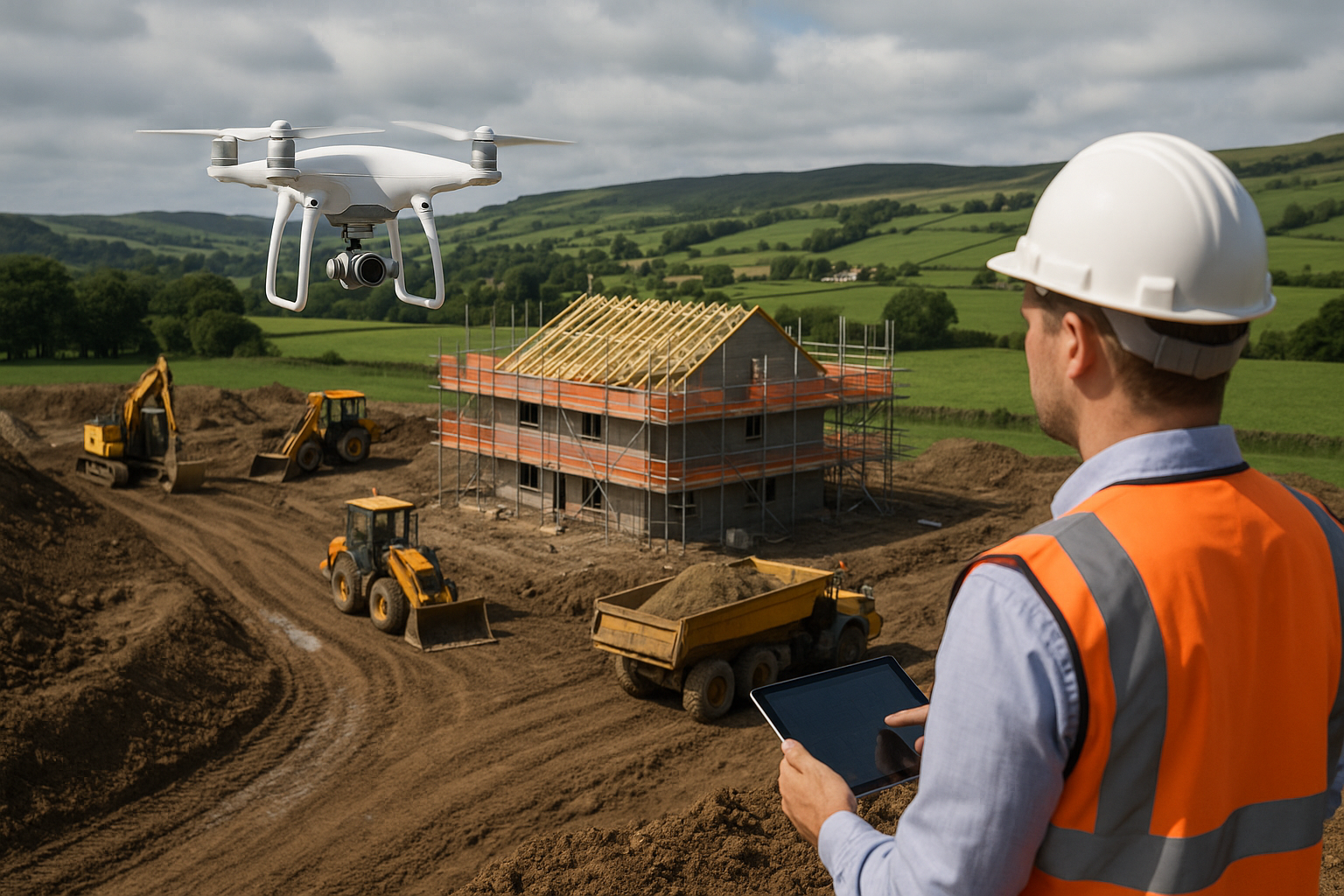
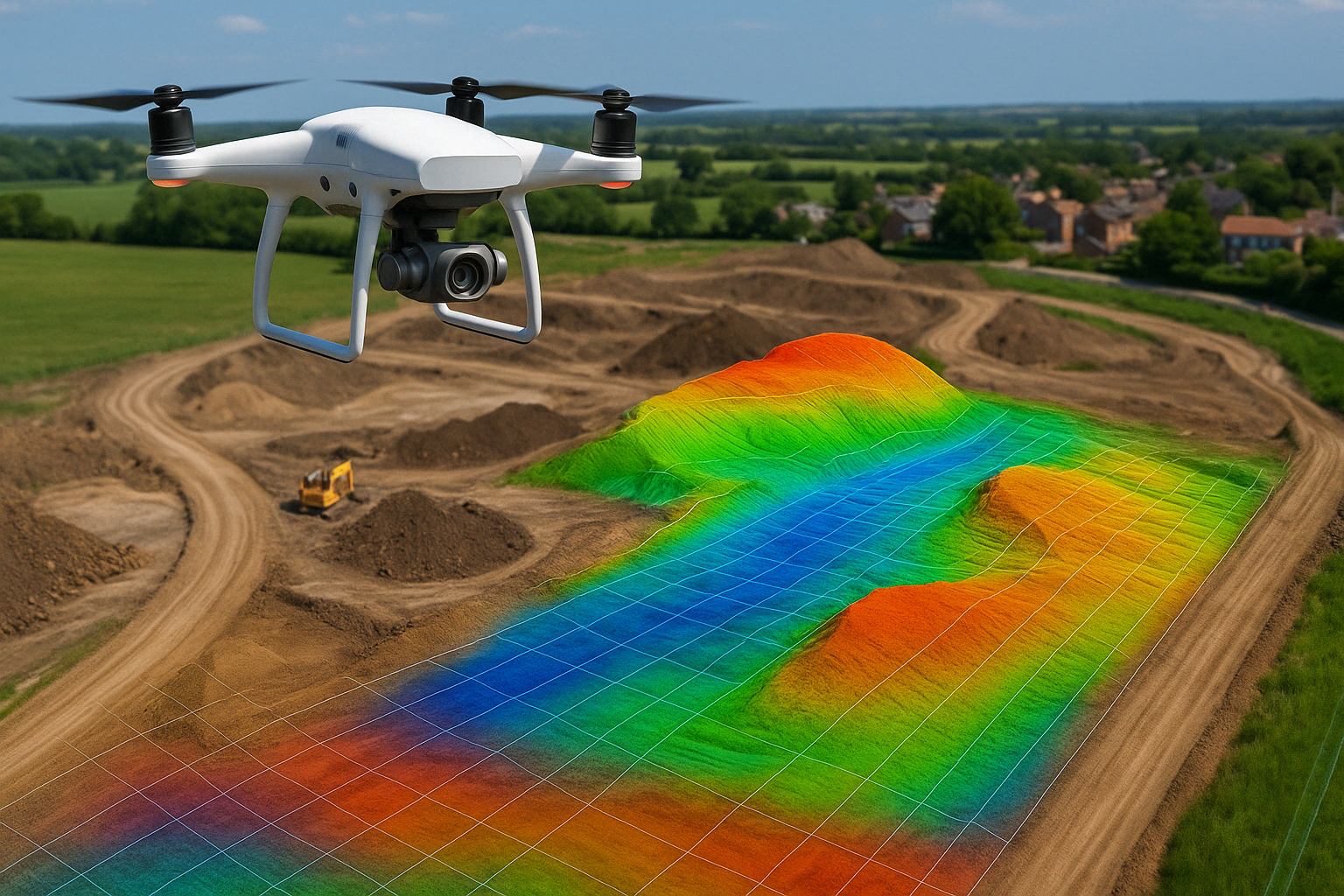
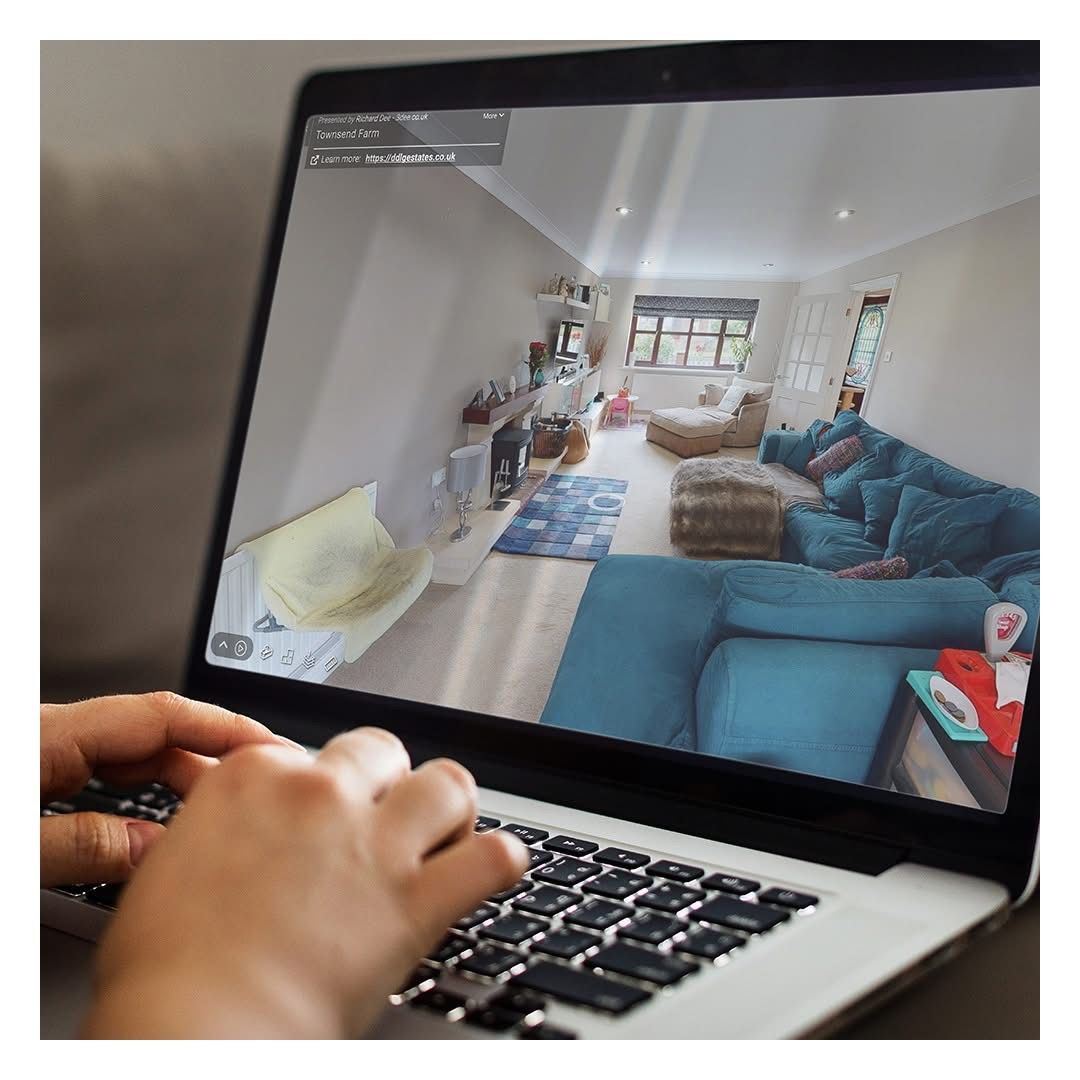
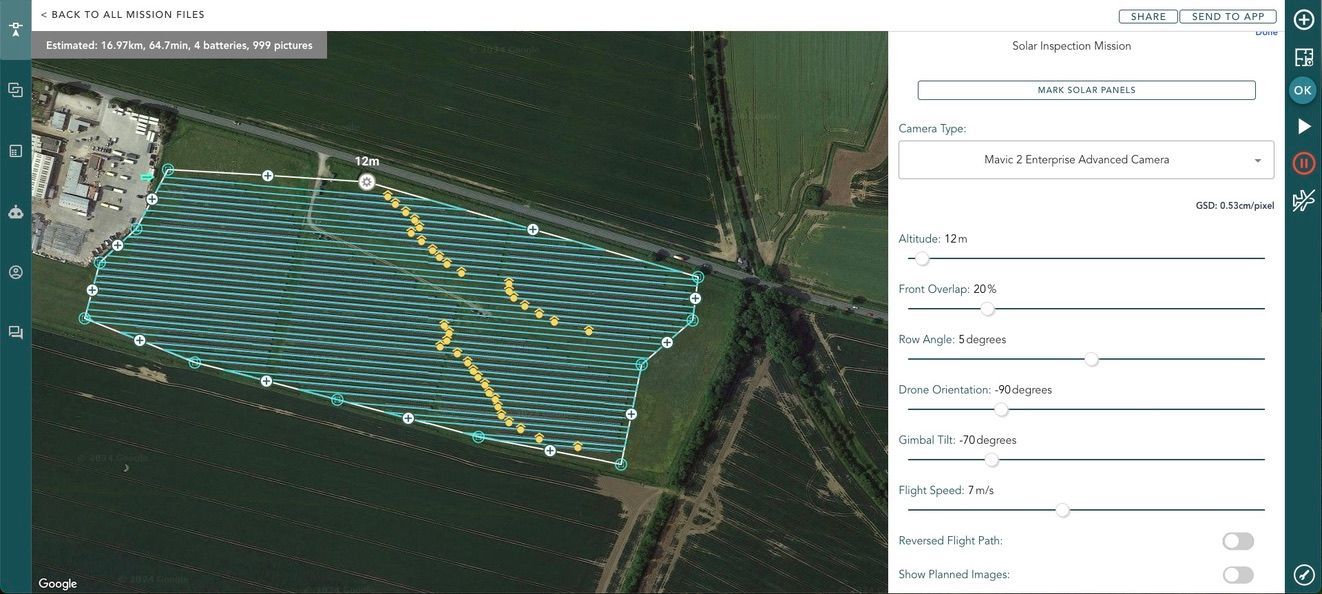
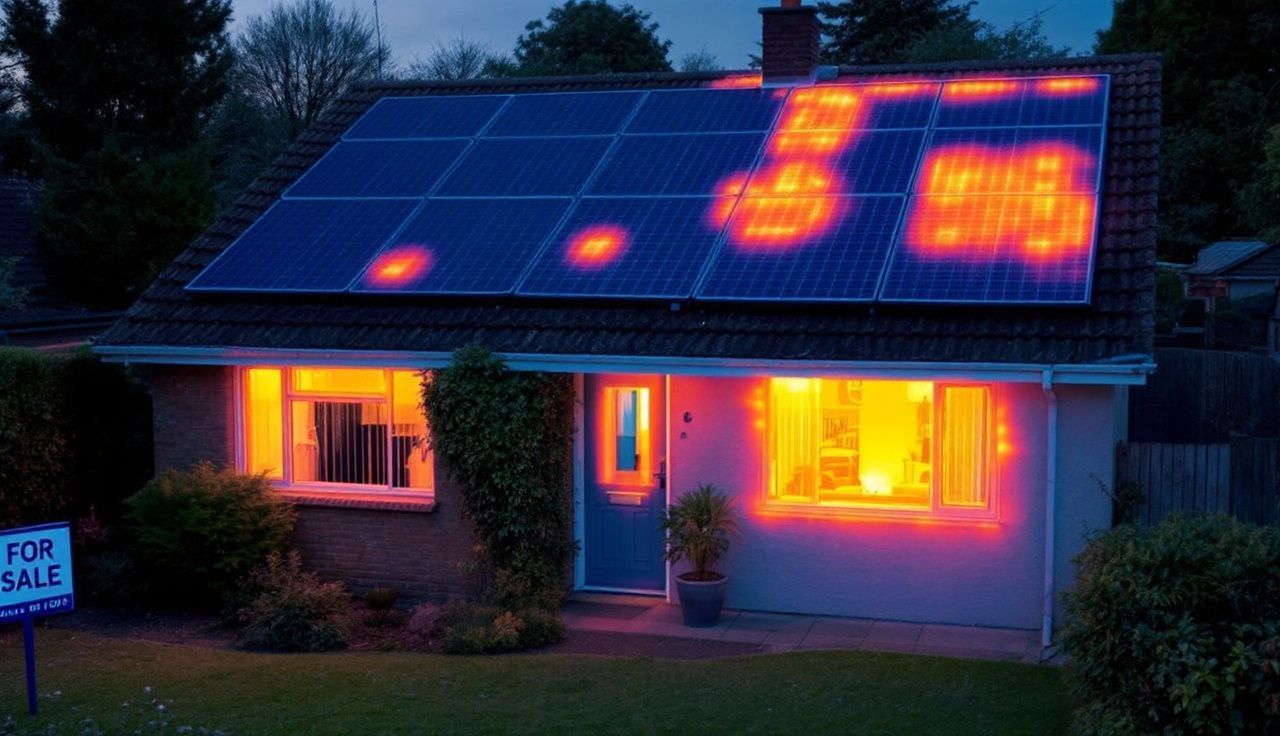

Book a Free Consultation
Ready to see how Dee4Drones can transform your project? Book a consultation today!


